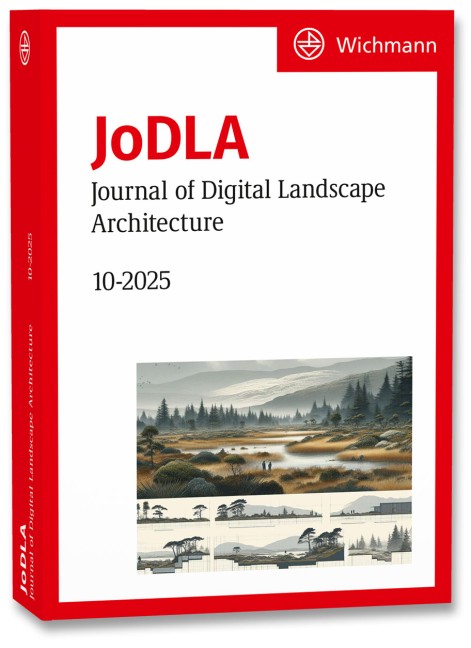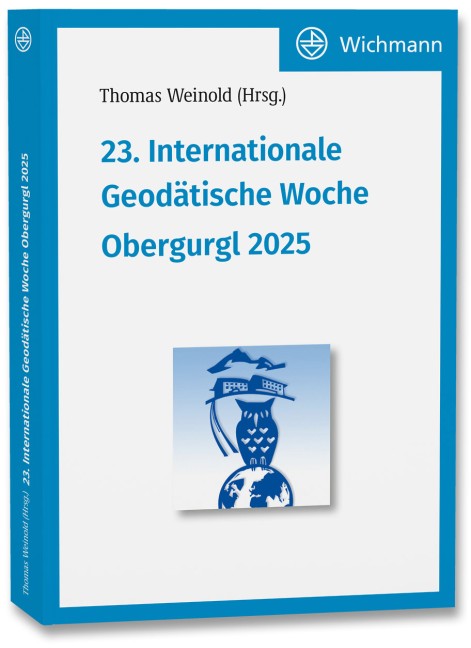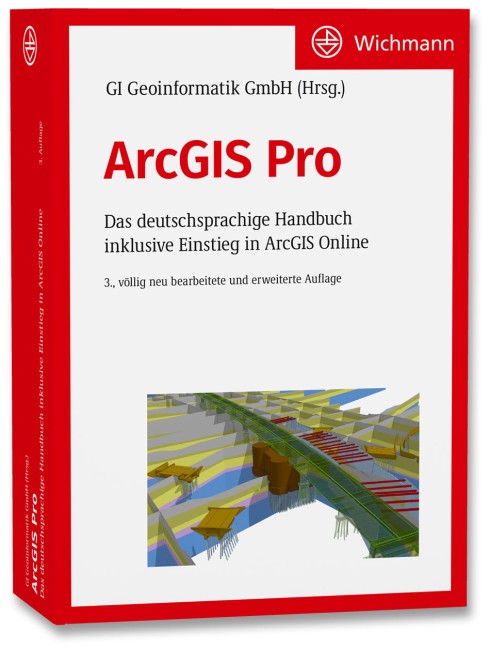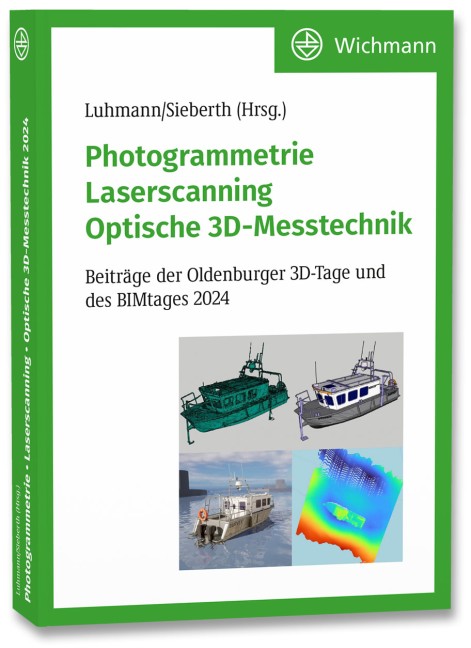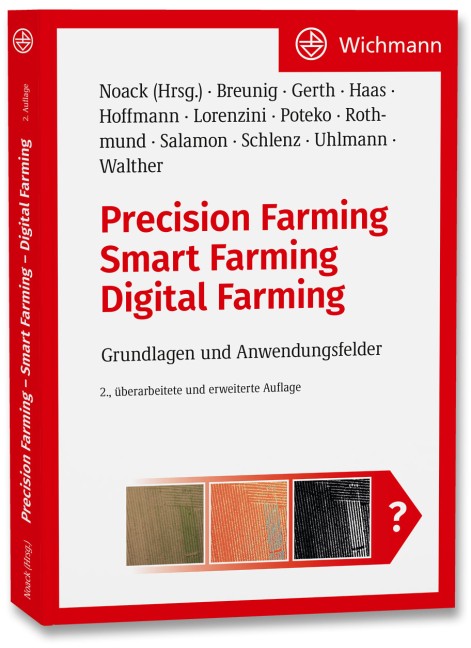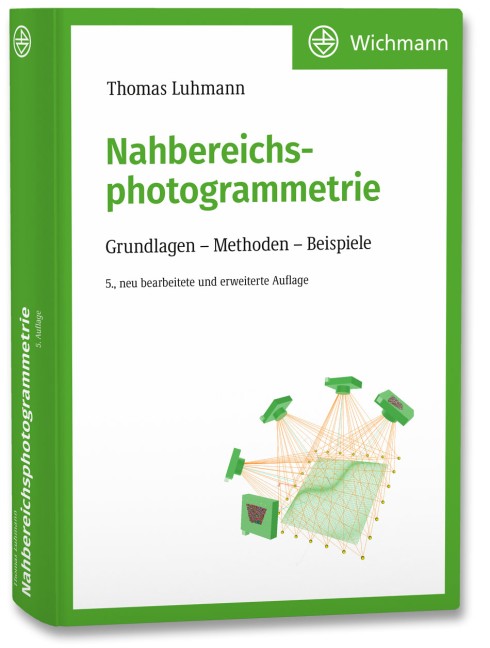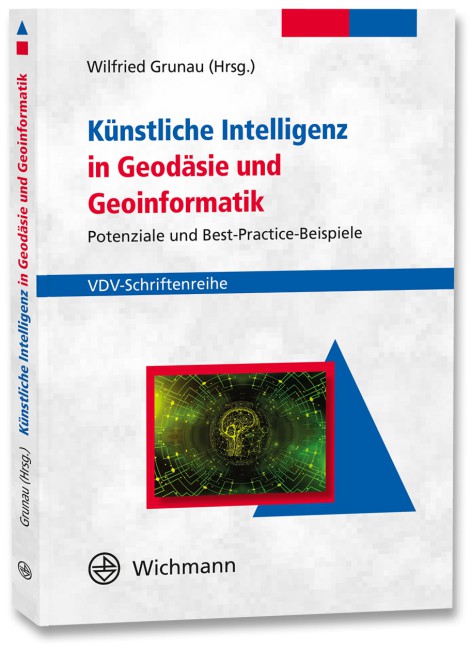Your vote for the best product
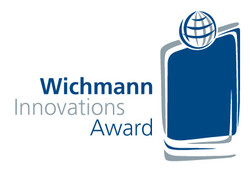
Wichmann Verlag is now presenting the coveted Wichmann Innovations Award in the categories “hardware” and “software” for the eleventh time.
There are two steps of the award procedure: In the first step, an independent jury of experts examined all submissions and nomi nated the top products and services. Criteria for evaluation were “degree of innovation or novelty”, “usability”, and “practicality”. The jury’s voting will count for 60 % in the final assessment, as in previous years. Now it’s time for the public to vote for the best products on show at the Intergeo.
Join in! Choose your top product from the nominees presented here. Vote online by 11 October 2023.
The jury – consisting of Prof. Dr.-Ing. Jörg Blankenbach, RWTH Aachen University, Prof. Dr. Gerhard Joos, Runder Tisch GIS e. V., Dr.-Ing. Markus Seifert, LVG Bayern, Dipl.-Ing. Udo Stichling, advisor of the DDGI, and Prof. Dr. Josef Strobl, University of Salzburg – once again agreed to evaluate the applications. We expressly thank both the jury and the applicants.
The award ceremony is part of the closing event for Intergeo.
Following you will find short summaries of the selected products and applications.
Now it’s up to you. Who will win the trophies? Who will push all others aside and beat the competition in the Wichmann Innovations Award? The online voters can also look forward to some attractive prizes. Win a Jochen Schweizer Voucher, a subscription for our gis.Business/gis.Science and avn journals, or a book from the Wichmann publishing catalogue.
The Wichmann team wishes you good luck.
eagle eye technologies GmbH: A.eye
A.eye is an AI-based traffic sign recognition and mapping system, capable of analyzing terabytes of image data over areas of several square kilometers. The product detects, classifies and reconstructs, with the exception of rare special signs, all types of traffic signs, including complementary signs and street name signs with a reliability up to 98 %. A.eye provides 3D models of road signs in absolute coordinates with a precision of under 2 cm. The system can use additional local or online resources, such as street-name catalogs or OpenStreetMaps, to improve its accuracy.
www.ee-t.de// Hall 3, E3.096
frox GmbH: FX Reality – Die Augmented Reality App
The Augmented Reality App from frox is the ideal solution for virtually combining the existing and visible world with your data. You will receive a comprehensive view of your data in the locality at a glance. By using GNSS sensors and the camera image of your smartphone, your data (e. g. property boundaries, boundary stones, canals, underground pipes, drill points, soil estimates) become visible. You can see pipes, channels and objects that are not visible below the surface of the earth.
www.frox-it.de, Hall 3, E3.084
grit GmbH: deegree.PRO
deegree is a well-established open source geodata infrastructure. deegree.PRO extends deegree e. g. with administration and security functions. Bundled in a quality-assured container and supplemented with tools for the automation of Kubernetes, it becomes the gTainer by grit. The advantages of containerisation – installation, operation, availability and scalability – are therefore available. However, only EVB-IT contracts specifically adapted to open source enable its use in data centres. deegree.PRO is thus the only professional open source GDI available in Germany.
www.grit.de // Hall 3, B3.031
Hexagon's Safety, Infrastructure & Geospatial division: Hexagon's GeoAI Solution
Today, it is nearly impossible to accurately determine sealed areas on private properties due to various factors (cooperation of landowners, inaccurate manual measurements, etc.). With Hexagon’s GeoAI solution, the power of AI can be harnessed to analyze aerial images of any property and replicate sealed areas with high precision and implement them in GIS. The AI is able to calculate sealed land based on aerial images while recognizing furniture, shadows or patios while performing tasks such as antialiasing to improve results.
www.hexagon.com // online
Jade University: VRscan3D – Virtual laser scanning simulator
VRscan3D is a virtual terrestrial laser scanner that can be used to simulate the planning and execution of laser scan measurements. Based on the game engine UnReal, users move interactively through various 3D scenes, optionally setting targets and scanner locations, from which a 3D point cloud of the surroundings is then calculated. Various professional scanners are implemented with their user interfaces and technical data so that realistic point clouds including measurement noise, intensity, colour and panoramic images are generated.
www.jade-hs.de // Hall 2, D2.012
Picterra: Picterra-Softwareplattform für Machine-Learning auf Geodaten
Picterra is an entirely cloud-native, versatile machine learning (ML) platform that allows the customers to quickly and easily create their own customised deep learning models to extract different types of features or identify patterns from geospatial imagery incl. drones, aerial and satellite images. The tool can be either used stand alone via web interface or be embedded directly into customer applications via APIs and a range of supported plug-ins. It is an easy to use and easily scalable software powering creation of geospatial applications and services.
www.picterra.ch // Hall 3, B3.084
